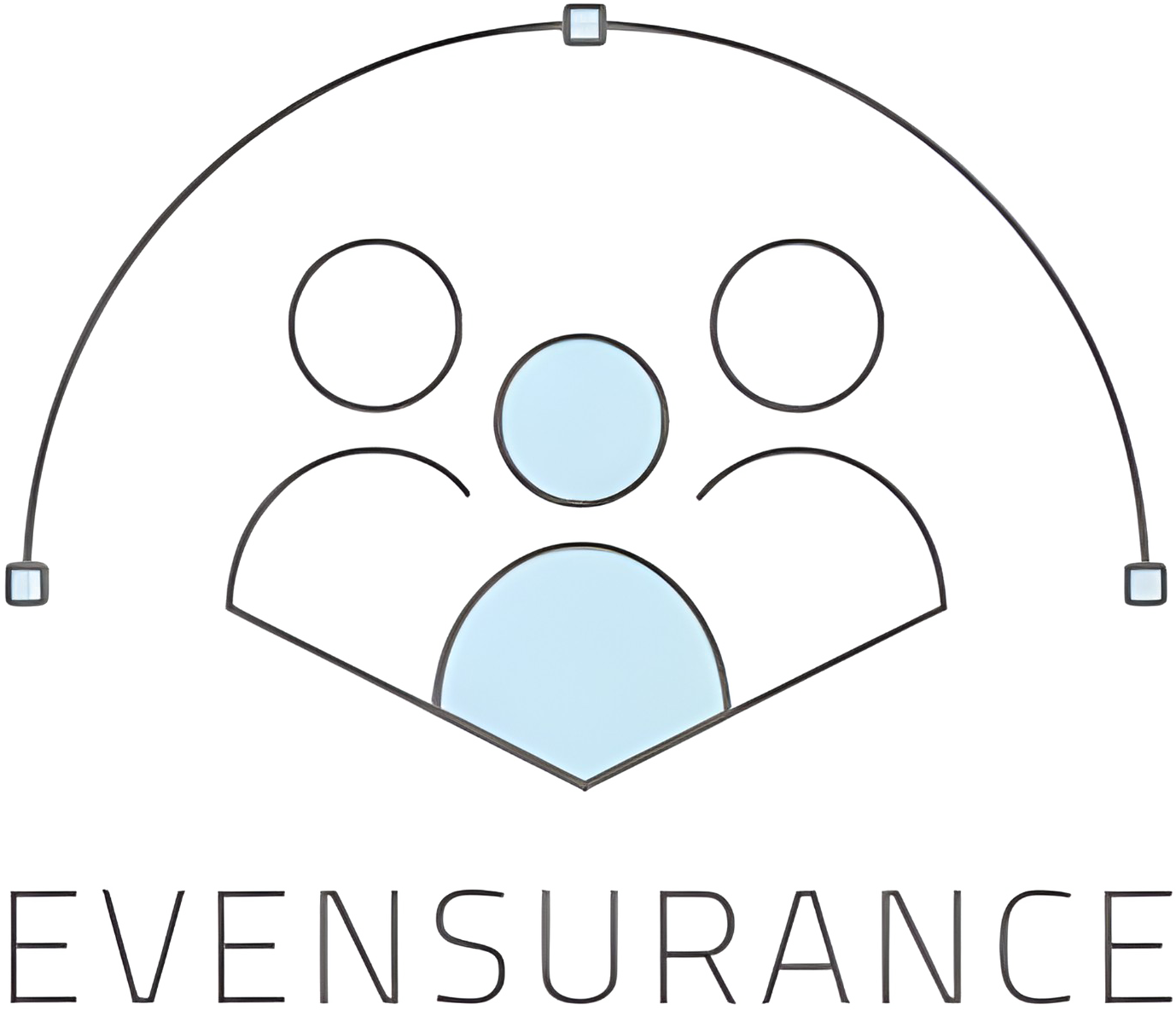Dental/Vision/Hearing
Protect Your Smile
Learn More About Our Dental, Vison, and Hearing Insurance
Dental
- Purpose: Dental insurance helps cover the costs of routine and necessary dental care, which includes preventive services, such as cleanings and check-ups, as well as restorative treatments like fillings, crowns, and root canals.
- Coverage: Dental plans often include coverage for:
- Preventive Care: Cleanings, exams, and X-rays, usually covered at 100% or with minimal out-of-pocket costs.
- Basic Procedures: Fillings, extractions, and basic treatments, often covered at a lower percentage.
- Major Procedures: Crowns, bridges, dentures, and sometimes orthodontics, with a higher out-of-pocket cost or coinsurance.
- Costs: Dental insurance usually involves a monthly premium, plus additional out-of-pocket costs such as deductibles, copayments, and coinsurance. Plans might also have annual maximum limits on coverage.
- Enrollment: Dental insurance can be purchased separately or as part of a benefits package through employers, or individually through insurance providers or the Health Insurance Marketplace.
Hearing
- Purpose: Hearing insurance helps cover the costs associated with hearing care, including hearing aids, diagnostic tests, and consultations with audiologists.
- Coverage: Hearing insurance often includes:
- Hearing Tests: Coverage for diagnostic evaluations to assess hearing loss.
- Hearing Aids: Partial or full coverage for hearing aids, which can be expensive.
- Consultations and Follow-Up Care: Visits to audiologists and follow-up appointments related to hearing aid fitting and maintenance.
- Costs: Hearing insurance typically includes a monthly premium and may involve additional costs such as copayments or coinsurance. Some plans have limits on the amount they will cover for hearing aids or other services.
- Enrollment: Hearing insurance can be purchased through employers, standalone insurance plans from providers, or as pa
Vision
- Purpose: Vision insurance provides coverage for eye care services, including eye exams, glasses, and contact lenses. It also often includes discounts on more advanced eye care treatments and procedures.
- Coverage: Vision plans typically cover:
- Routine Eye Exams: Regular check-ups to assess vision health and prescription needs.
- Eyeglasses: Frames and lenses, with coverage often including an annual allowance or discount on purchases.
- Contact Lenses: Coverage or discounts for contact lenses instead of glasses.
- Additional Treatments: Some plans may offer discounts on laser eye surgery (like LASIK).
- Costs: Vision insurance generally involves a monthly premium and may include copayments for services and materials. Plans might also have allowances or limits for eyewear.
- Enrollment: Vision insurance can be purchased through employers, standalone plans from insurance providers, or as part of a package with other insurance benefits.
Summary
Dental Insurance
Focuses on oral health care, covering preventive, basic, and major dental treatments.
Vision Insurance
Covers eye exams, glasses, and contact lenses, and may offer discounts on advanced treatments.
Hearing Insurance
Assists with the costs of hearing tests, hearing aids, and related services.
Each type of insurance plan is designed to address specific health needs that are not always covered by general health insurance, helping to manage the costs associated with maintaining oral health, vision, and hearing.
Contact Information
Business Hours
Monday - Saturday: 9:00 am - 6:00 pm
Sunday: Closed
© 2025
Evensurance


